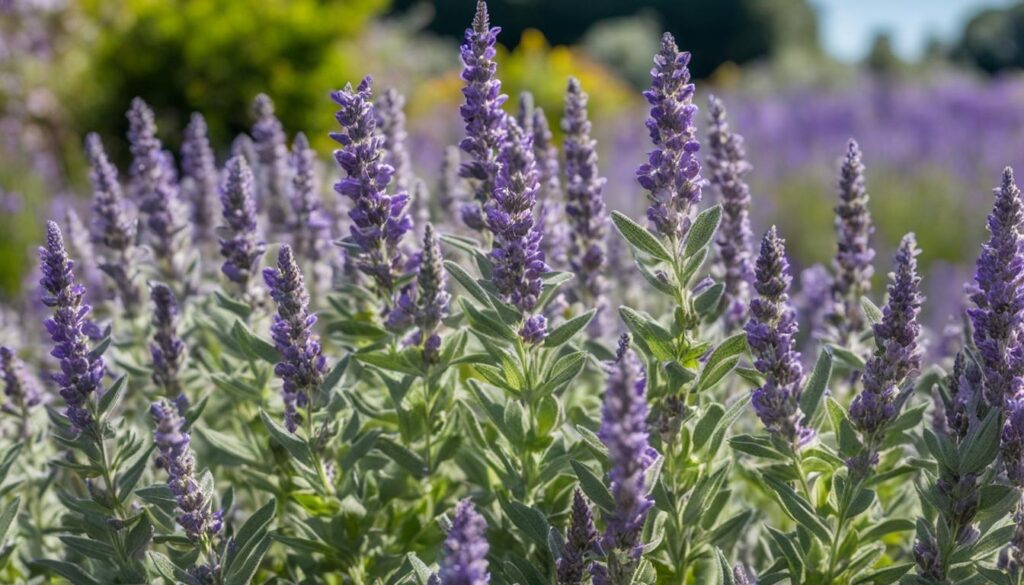Sage is a versatile herb that is not only prized for its culinary uses but also for its many health benefits. This comprehensive guide will walk you through the process of harvesting sage to ensure a bountiful yield and maximize its aroma and flavor. We’ll cover the basics of sage cultivation, including recognizing the right time to harvest, step-by-step instructions on how to harvest sage leaves, and various methods to preserve your harvest for future use.
Harvesting sage is a satisfying and rewarding endeavor, whether you’re an experienced gardener or a beginner. The proper care and attention given to your sage plants will yield an abundance of flavorful leaves that can elevate your culinary creations.
In the following sections, you’ll learn about the best time to harvest sage and how to identify the right moment for optimal flavor and aroma. We’ll also provide you with a step-by-step guide on how to harvest sage leaves and share some useful tips on preserving your harvest.
So, let’s dive in and discover the secrets of successful sage harvesting!
Recognizing the Right Time to Harvest
Harvesting sage at the right time is crucial for obtaining the best flavor and aroma. It is recommended to wait until the second year to harvest sage plants as their first year is focused on root development and growth. Sage is ready to harvest when the leaves are fully formed, vibrant, and aromatic. Late summer to early fall is the optimal window for harvesting sage, as the leaves are particularly aromatic and flavorful during this period. While it is possible to harvest sage after it blooms, the leaves tend to have a slightly milder flavor at this stage.
Why wait until the second year?
Sage plants need time to establish strong root systems in their first year. Harvesting sage too early can hinder growth and reduce the plant’s overall vitality. By allowing the sage plant to mature for at least one year, you ensure that it has ample time to develop robust leaves and essential oils, resulting in a more flavorful and aromatic harvest.
The optimal window for sage harvest
Late summer to early fall is the ideal time to harvest sage. During this period, the sage plant has reached maturity, and its leaves are at their peak flavor and aroma. By harvesting sage within this timeframe, you can enjoy the full potential of its culinary and medicinal qualities.
Harvesting before flowering
It is advisable to harvest sage before it starts flowering. When the sage plant enters its flowering stage, it directs more energy towards producing flowers and seeds instead of essential oils, resulting in a slightly milder flavor. By harvesting sage before it blooms, you can capture the plant’s highest concentration of aromatic compounds and ensure a more robust taste for your culinary creations.
Step-by-Step Guide to Harvesting Sage
Harvesting sage is a straightforward process that requires only a few basic tools. To pick sage leaves, all you need are sharp and clean scissors or garden shears. Simply snip the sage stems just above where two leaves intersect, using a gentle technique that promotes further growth and ensures the plant remains healthy for future harvests.
Sage leaves can be harvested for a variety of uses, particularly in culinary dishes where their distinct flavor shines. Whether you’re adding sage to soups, stews, or savory sauces, freshly picked leaves provide the best taste. Additionally, sage is often used for smudging ceremonies, providing a pleasant aroma and enhancing the spiritual ambiance.
To preserve your sage harvest, there are a few methods you can employ. One common way is to dry the leaves by bundling them together and hanging them in a dry, airy location. This allows the leaves to gradually dry out, preserving their flavor and aroma for months to come. Another unique approach is to make sage-infused ice cubes, perfect for adding a burst of herbal flavor to hot dishes or refreshing beverages.
Regularly inspecting your sage plants is crucial to maintain their health. Keep an eye out for any signs of disease or pests, and take necessary measures to protect your plants. By expanding your herb garden to include other flavorful additions like thyme, oregano, and rosemary, you can create a diverse culinary palette that will enhance your culinary creations.
Can the Same Harvesting Techniques be Applied to Sage and Passion Fruit?
When it comes to harvesting sage and passion fruit, the techniques are quite different. Sage is typically harvested by cutting back the stems, while passion fruit is picked when it’s fully ripe. It’s important to follow a cutting passion fruit tutorial to ensure you get the best yield from your harvest.









